Doc Village Communal House was built in the early 19th century (during the reign of King Khai Dinh of the Nguyen Dynasty and was granted a royal decree). Doc Village Communal House not only worships the gods and the village's tutelary god, but also worships the founder of the Pham family and six other families who had contributed to reclaiming this land since the 18th century. The communal house consists of 5 compartments and 2 wings, with the architecture of the letter "Dinh".
The communal house was recognized as a provincial historical and cultural relic in 2005. The Doc communal house festival is held twice a year on the 3rd and 4th of the first lunar month (called the Ha Dien festival) and the 13th and 14th of the seventh lunar month (the Than Nong festival). This is a ceremony to express the people's gratitude to the god who governs agriculture.
Participants in the ceremony include: the master of ceremonies, the 11th generation descendant of the Pham family's ancestor; four prestigious women in the community (nu chai), chosen to serve the festival; and female officials, women in the community chosen to participate in offering offerings, carrying palanquins, and performing xoe to serve the festival.
The Bat Am group is a team of 8 men playing musical instruments such as: big drum, small drum, trumpet, two-stringed fiddle, flute, đàn tính, cymbal, xinh tiền and the entire Tay and Kinh community in Viet Hong commune.
Ms. Pham Thi Nhung, Ban Din village - who has lived on Viet Hong land for over 50 years, shared: "Every year, people prepare offerings for the Doc village communal house festival, including pork, goat meat, wine, sticky rice, fruits, and candies. To prepare for the communal house festival, the priest's house often raises pigs from the previous year so that on the day they can slaughter them for the ceremony. The pigs chosen for the ceremony must be fat pigs, weighing about 60 - 70kg. In the Tay people's Than Nong worshiping tray, there is also goat meat, but it can also be replaced with other animals such as buffalo and cow, as long as the animal has horns. Depending on the conditions of each year, if these animals are not available, the offerings will be replaced with pork."
From the 13th day of the 7th lunar month, the Earth priest enters Noi communal house to report on the main festival work of the following day. 10 trays of food are offered, including 7 trays of meat dishes and 3 trays of vegetarian dishes.
Outside the communal house, the Phuong ceremony is held at the Mo altar. People together prepare four palanquins, decorated with four different colors. When the auspicious hour comes, the Tho Dao master begins to light the lamps, burn incense, and report to request to hold the festival tomorrow at Ngoai communal house.
After the incense offering, the Tho Dao priest begins to read the funeral oration, performing the ceremony with three rounds of wine, two rounds of incense, and one round of funeral oration. Afterwards, the whole village enjoys the blessings at Noi communal house. Around 5-6 pm, the villagers gather to carry 4 palanquins (3 palanquins carrying the 3 village tutelary gods, 1 palanquin carrying Uncle Ho) from Noi communal house.
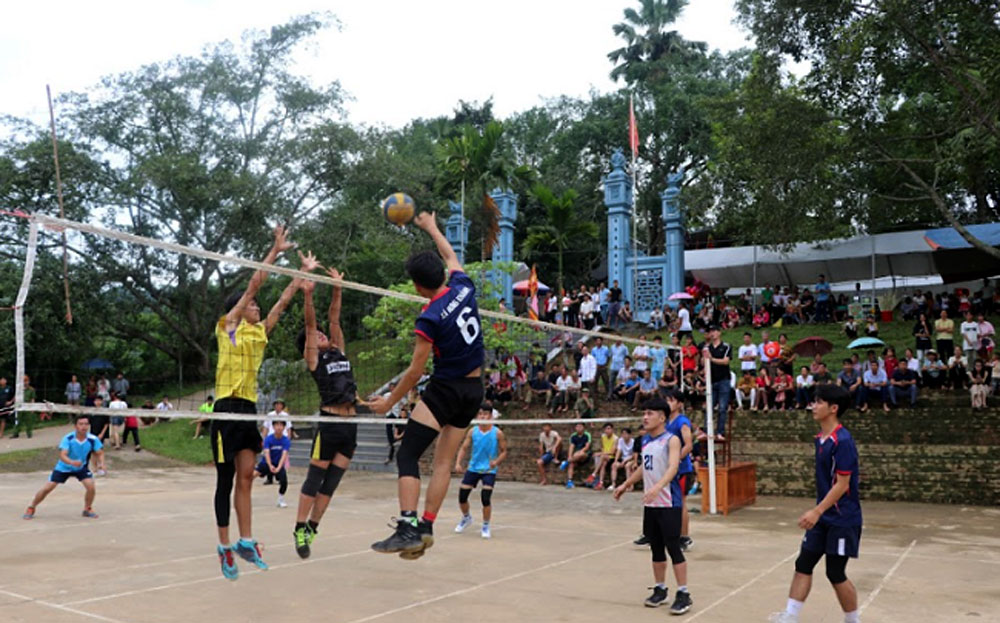
The festival part of the God of Agriculture festival, Doc village communal house, Viet Hong commune is full of exciting and attractive sports activities, demonstrating the spirit of village solidarity.
On the way, the procession will enter the Trung communal house yard to perform the ceremony, then go to Ngoai communal house - Doc village communal house. The Tho Dao master will light incense and oil lamps to report at Doc village communal house, asking to be seated so that the people can perform the ceremony tomorrow. After finishing three rounds of wine, two rounds of incense, and one round of worship, everyone will rest to prepare for the ceremony of the eight-sound troupe in the evening at Ngoai communal house.
The ceremony of the Bat Am troupe is called the music ceremony to serve the gods. After 15-20 minutes of vegetarian worship, the Bat Am troupe will perform the Bat Am ceremony (musical ceremony), female officials will perform dances, with drums, cymbals, flutes, and two-stringed fiddles. The female officials and villagers will perform the Tay xoe dance, with dances such as scarf dance, fan dance, fruit dance, cymbal dance... While the Bat Am troupe is performing the music ceremony, the Tho Dao master continues to read the funeral oration.
On the 14th of the 7th lunar month, everyone gathered at Ngoai communal house to hold the festival. In Tho Dao, people went to Noi communal house to report on the main festival work the next day. There were not only savory and vegetarian dishes but also Phươn offerings. Phươn offerings were placed at Ban Mo.
When the offerings were ready, the female servants offered the palace 7 cooked dishes, including dishes made from pork, sticky rice, and glutinous rice wine; 3 vegetarian dishes, including dishes of flowers, fruits, and candies; and 1 Phuong dish.
Outside the harem, there is a tray of nine offerings. When the offerings are ready, the priest burns incense and invites the Gods, the Land God, and the village's guardian spirit to attend the ceremony.
After three weeks of wine, two weeks of incense, and one week of sacrificial offerings, the Earth priest continued to worship at the Mo altar, performing the ritual of worshiping the God of Agriculture.
The Mo altar is placed at the base of the largest banyan tree on the right side of the communal house and is only set up when there is a ceremony. The Mo altar is made of bamboo and reed, covered with a large palm leaf on top, and from the ground up is a woven bamboo mat like a bridge to go up. On the Mo altar is a tray of offerings with a piece of cooked meat, sticky rice, wine, a piece of raw goat or pork hanging, rice mixed with raw blood (huet mao) and a little tail hair of the animal being worshiped to make a sacred mixture for the worship ritual.
"According to the Tay people's concept, Ban Mo is a place to worship the god who governs animals in the world, so it must have a tray of raw meat and the blood of the sacrificed animal to be sacred. The ritual of worshiping Ban Mo is with the wish that all things, livestock, and poultry in the village and commune are protected and thrive" - said Tho Dao master Pham Gia Lien.
Mr. Nguyen Duc Bao - Vice Chairman of Viet Hong Commune People's Committee said: "To preserve and promote the historical and cultural values of Doc Village Communal House Festival, Viet Hong Commune has mobilized the elderly to understand traditional culture, especially the Than Nong ritual to teach the younger generation, because this ritual carries the cultural nuances of the ancient Tay people, expressing the desire for all people to have a peaceful life and lush vegetation. This is also an opportunity to arouse the spirit of solidarity, strengthening the village and neighborhood relationship"...
With the humanistic meaning of the Than Nong festival is to bond and strengthen the village relationship and preserve the traditional cultural values of the nation, so no matter how far away, on the days of the Doc village festival, the children of Viet Hong commune always try to return to their families, relatives, and neighbors to join in the festival. It is also a spiritual tourist destination for visitors every time they set foot on the land of the Viet Hong revolutionary base.
Account (According to baoyenbai.com.vn)
Source: https://baophutho.vn/dac-sac-le-than-nong-dinh-lang-doc-221420.htm




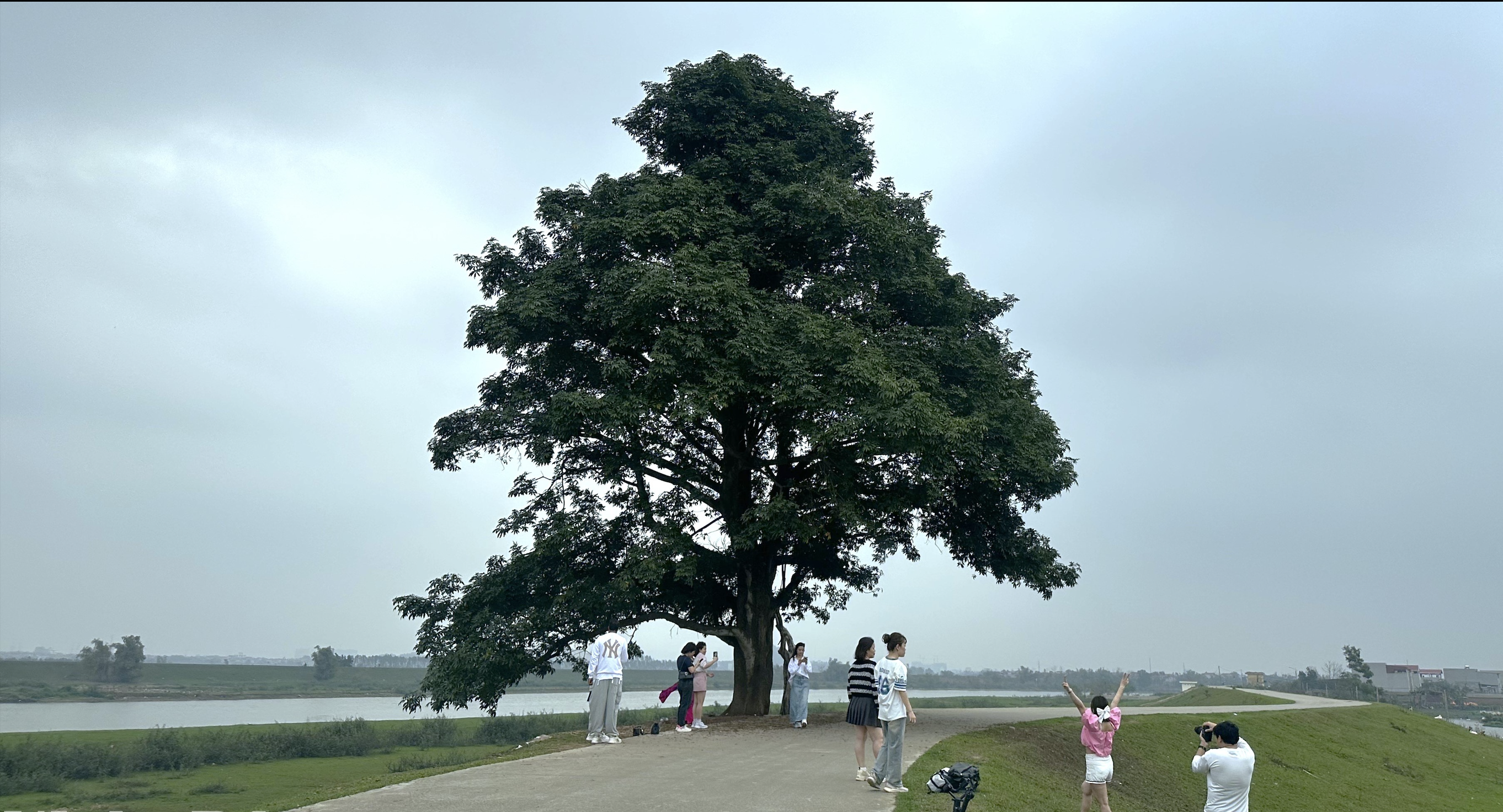
![[Photo] Prime Minister Pham Minh Chinh chairs meeting on US imposition of reciprocal tariffs on Vietnamese goods](https://vstatic.vietnam.vn/vietnam/resource/IMAGE/2025/4/5/9b45183755bb47828aa474c1f0e4f741)


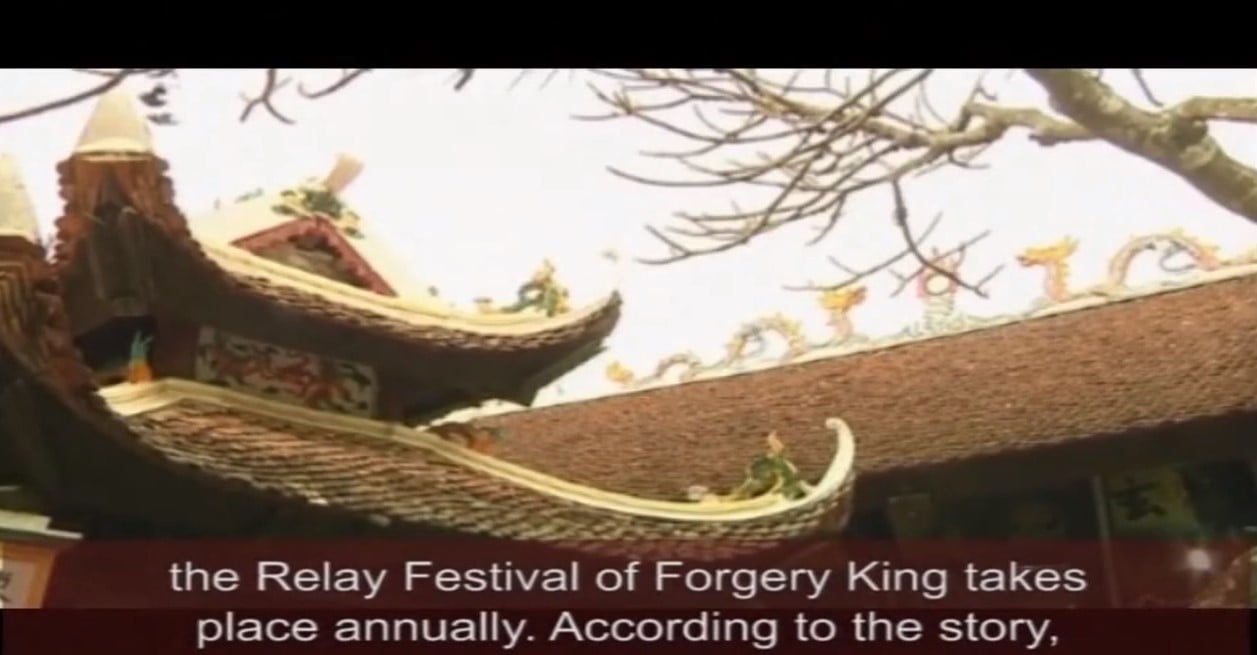
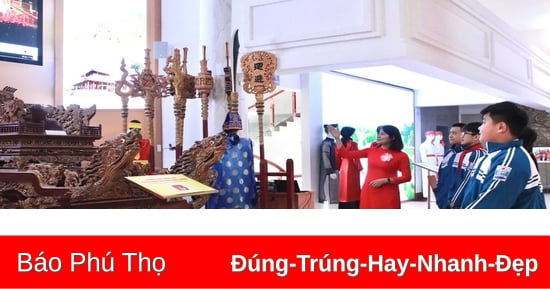


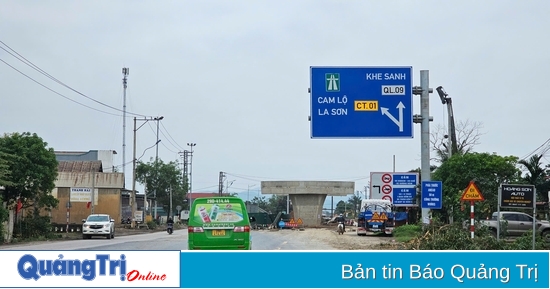

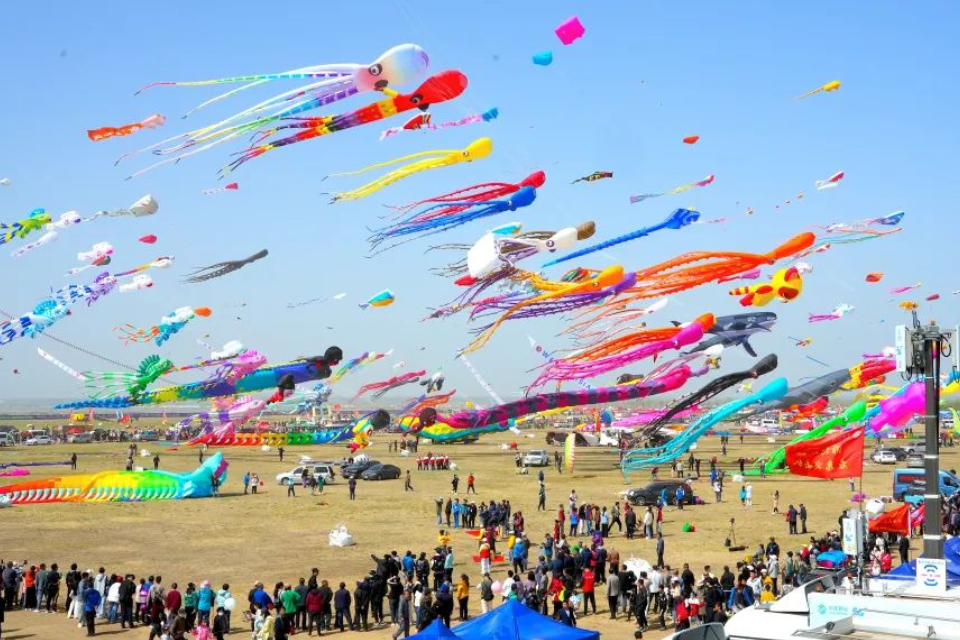
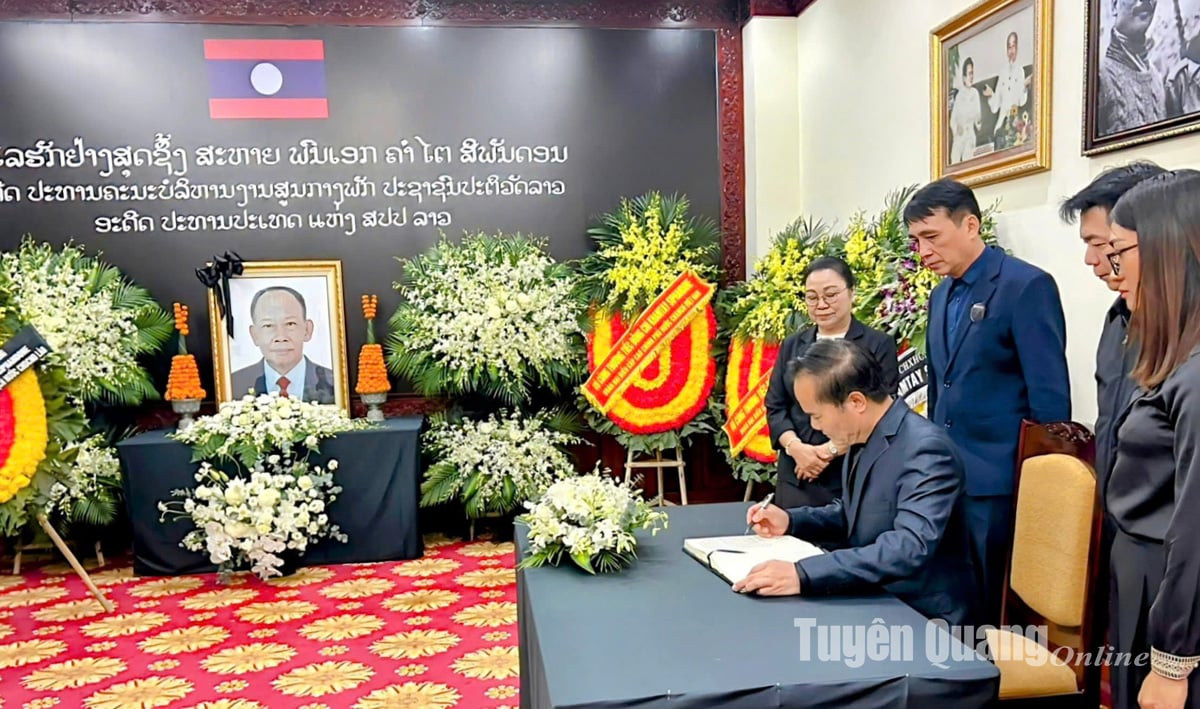

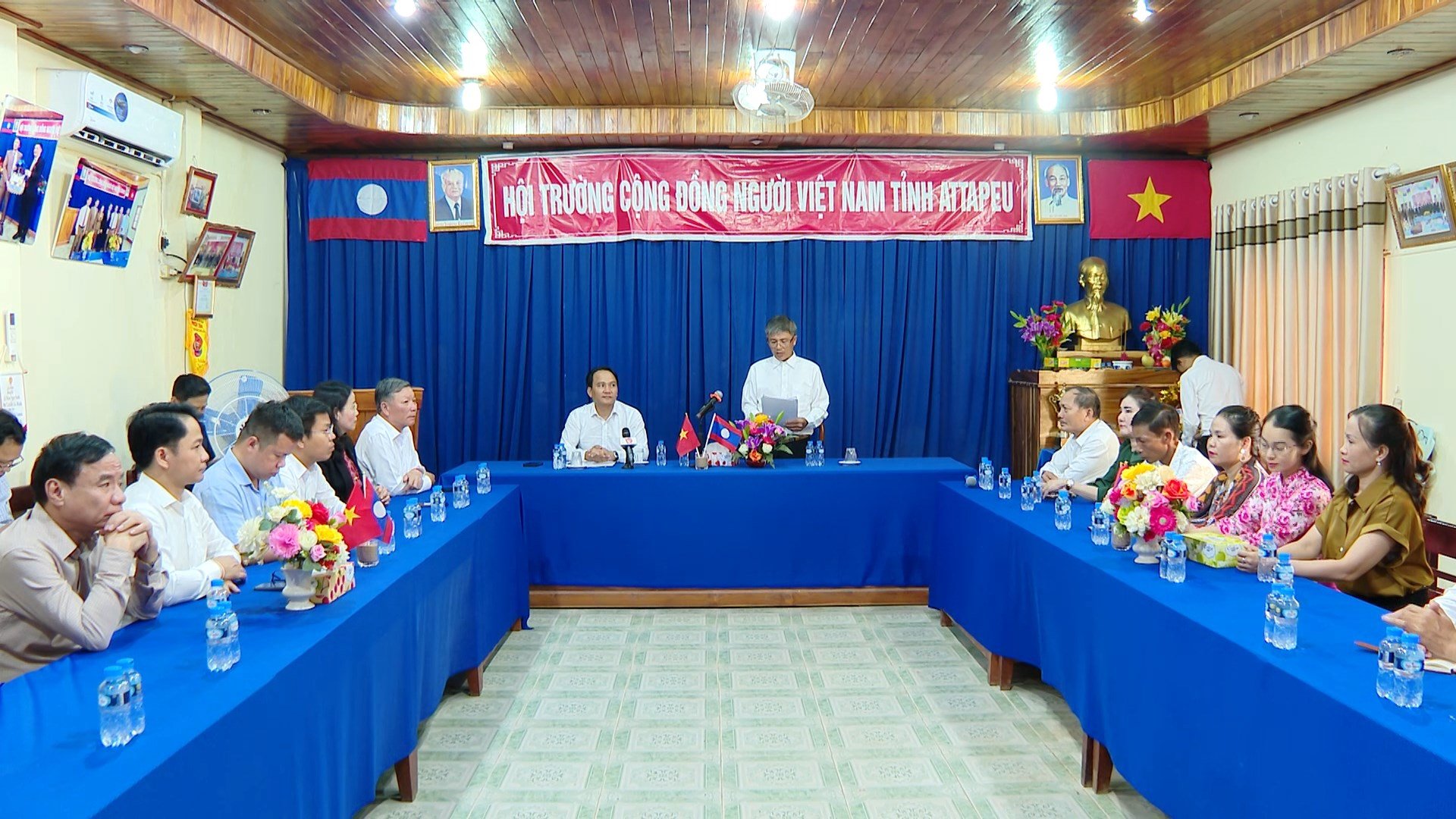


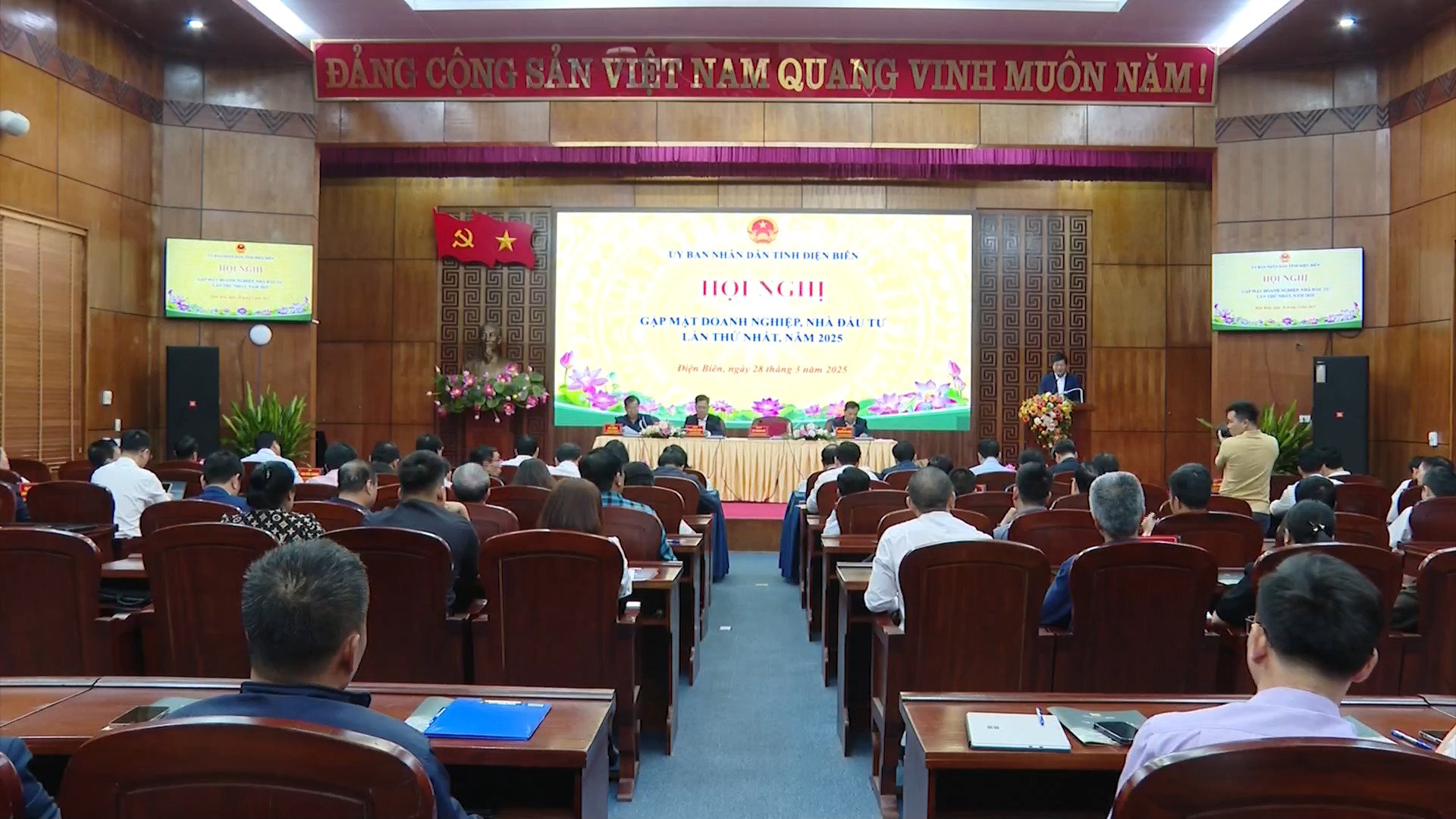

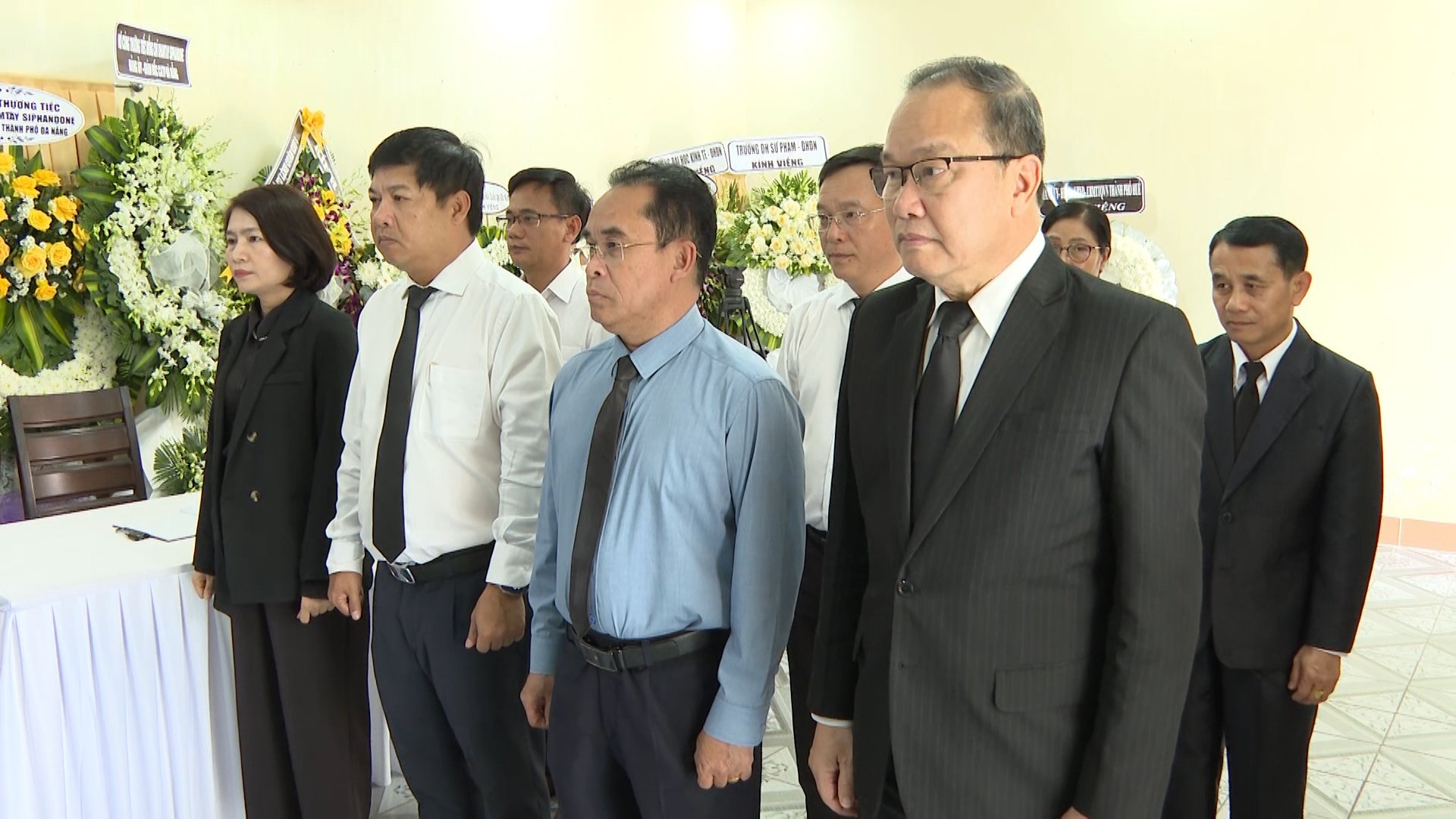

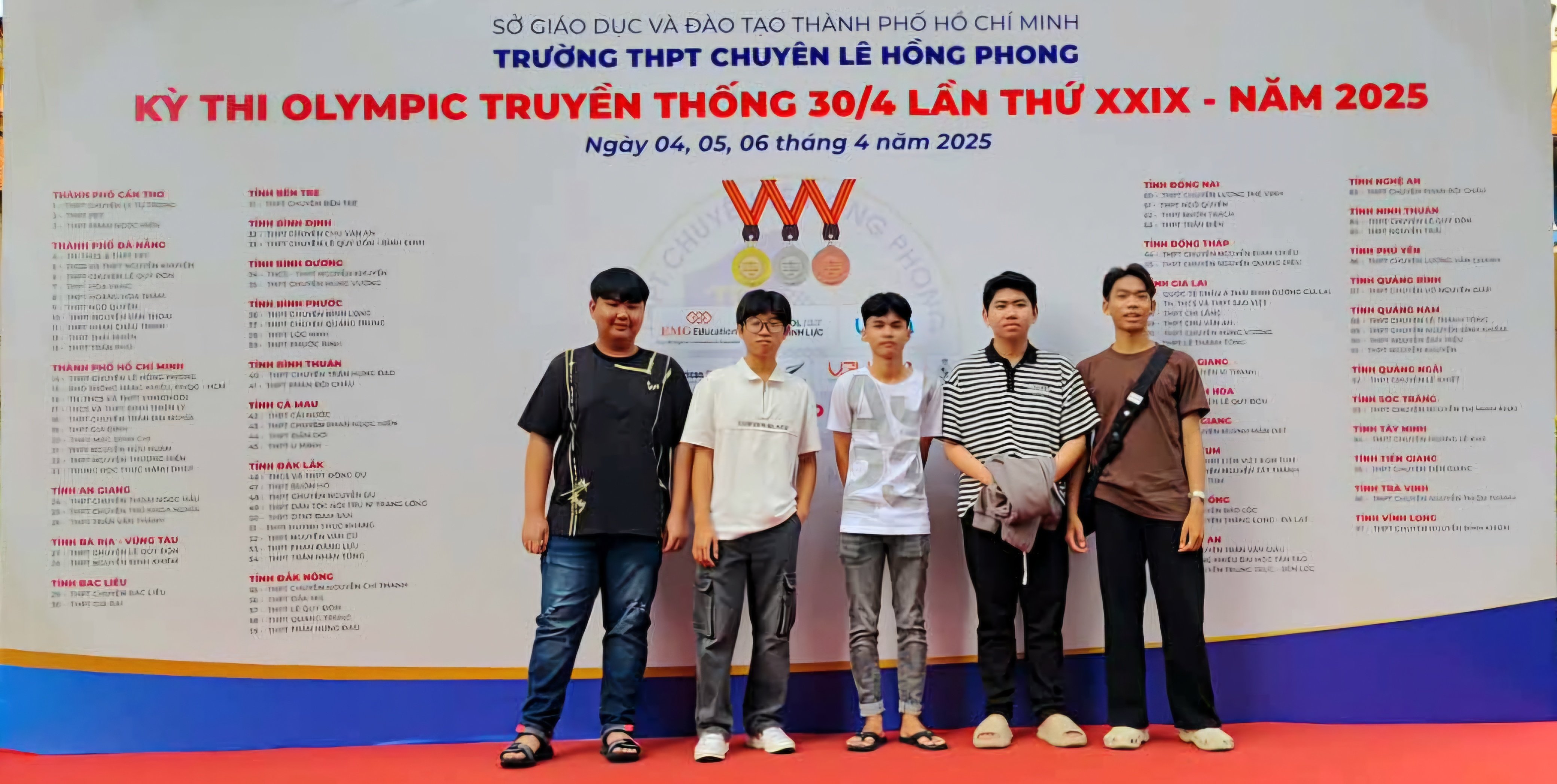
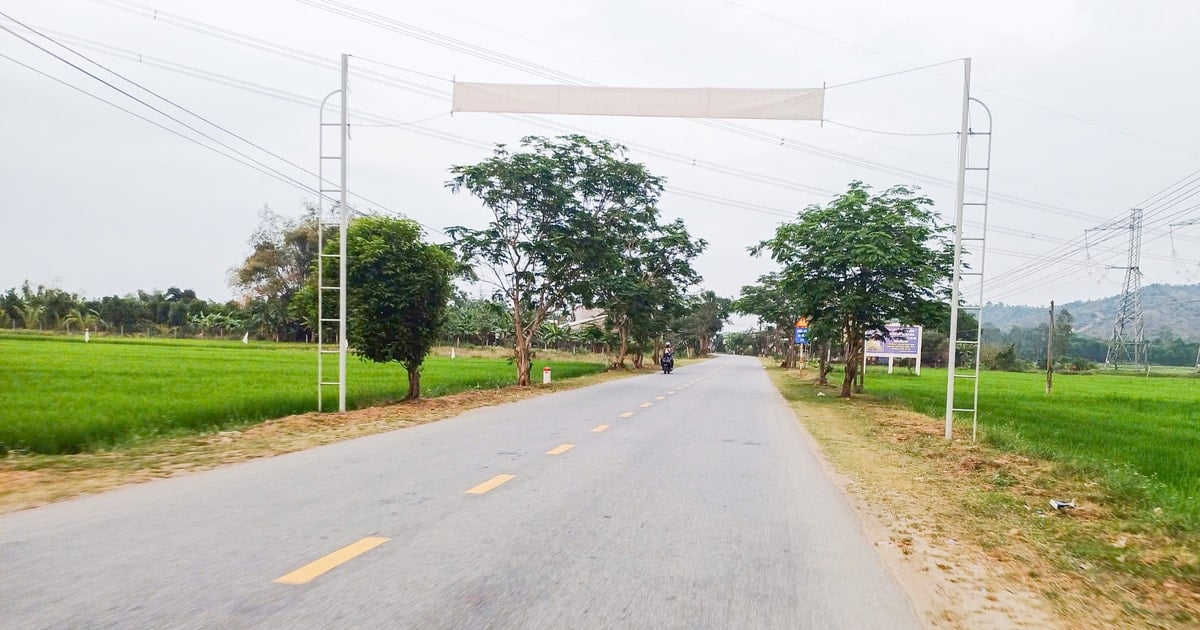
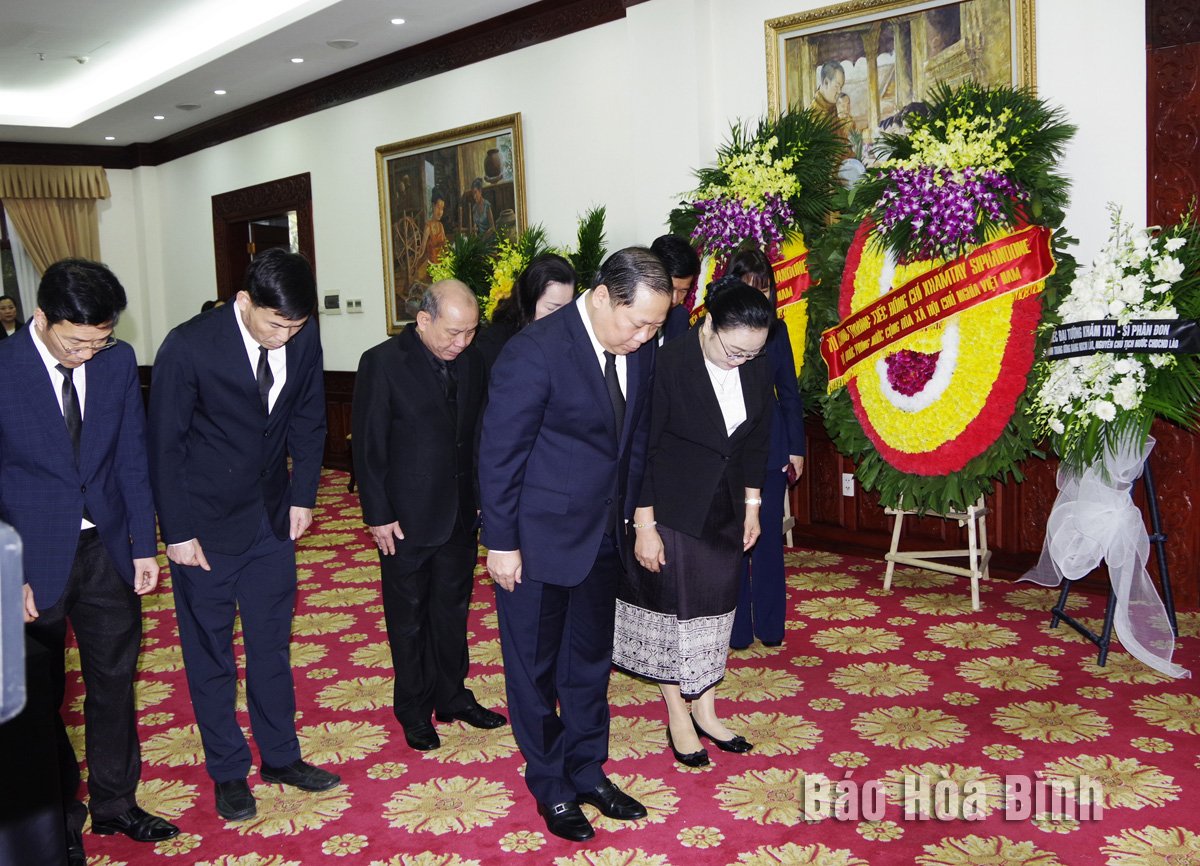

![[Photo] Hanoi flies flags at half-mast in memory of comrade Khamtay Siphandone](https://vstatic.vietnam.vn/vietnam/resource/IMAGE/2025/4/5/b73c55d9c0ac4892b251453906ec48eb)
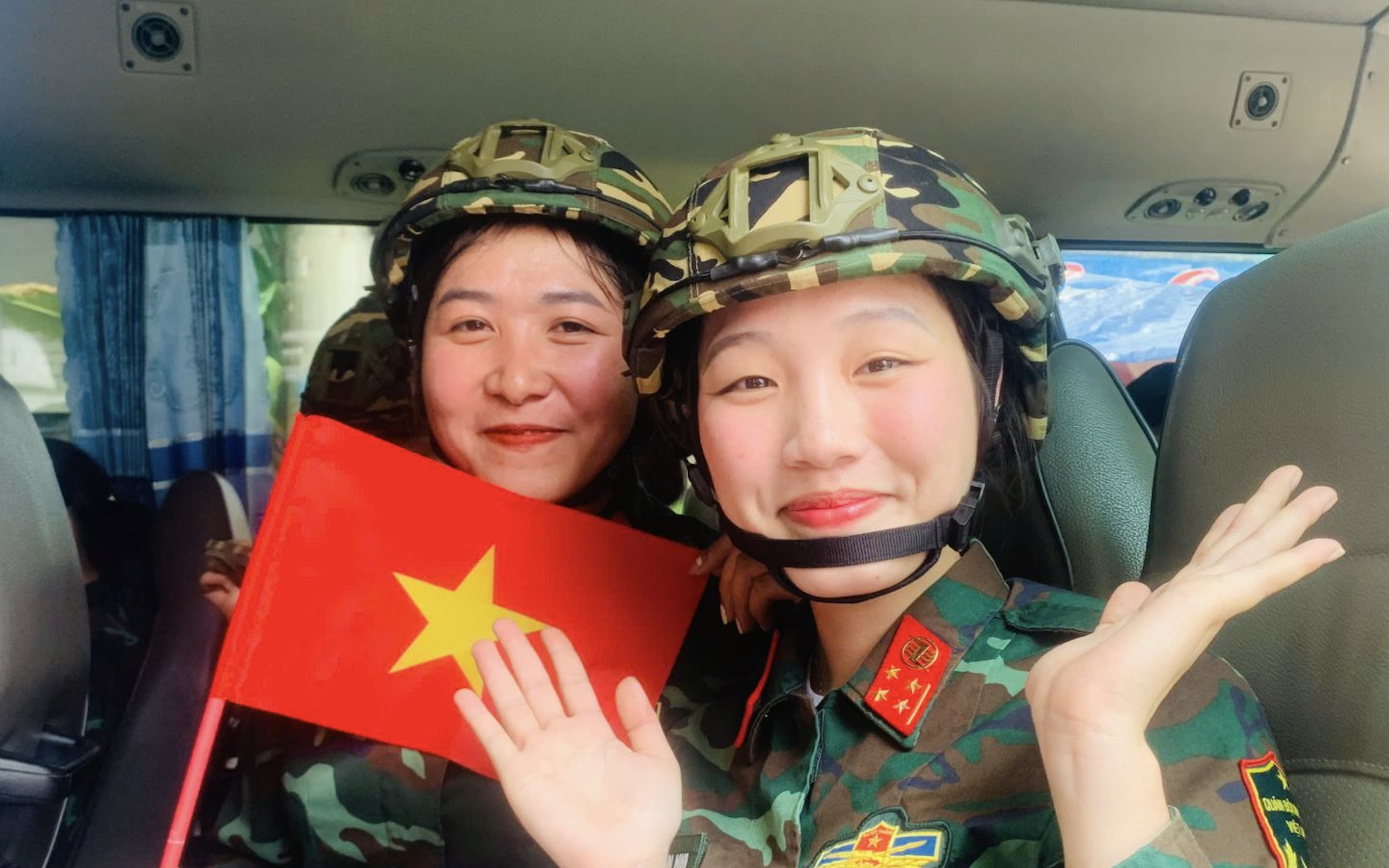
![[Photo] Dong Nai people warmly welcome the forces participating in the parade](https://vstatic.vietnam.vn/vietnam/resource/IMAGE/2025/4/5/ebec3a1598954e308282dcee7d38bda2)

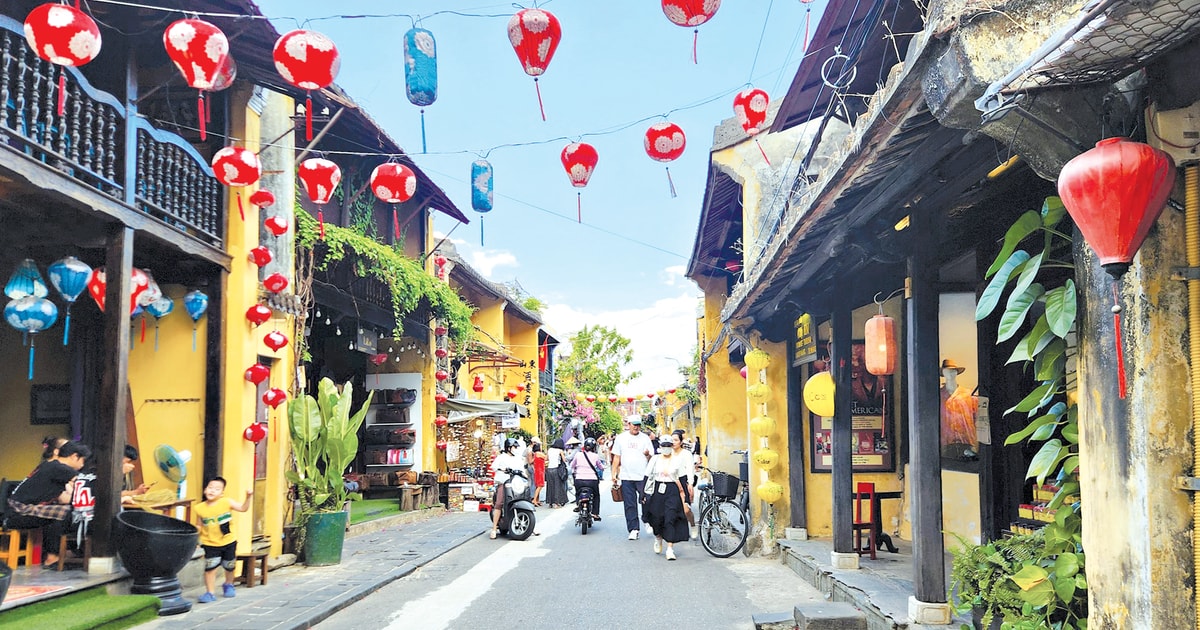

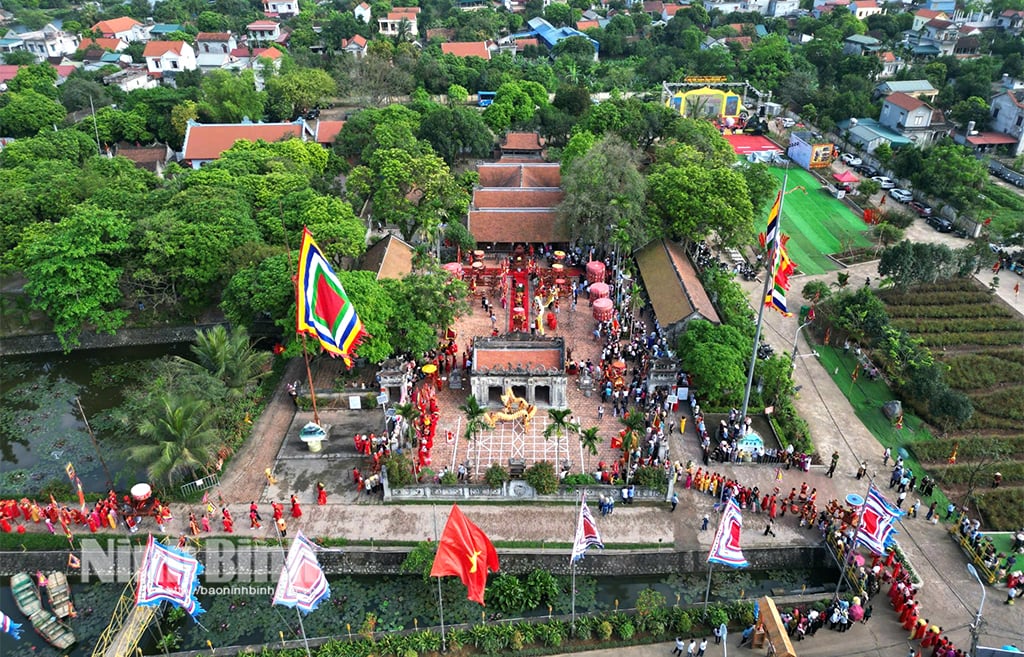



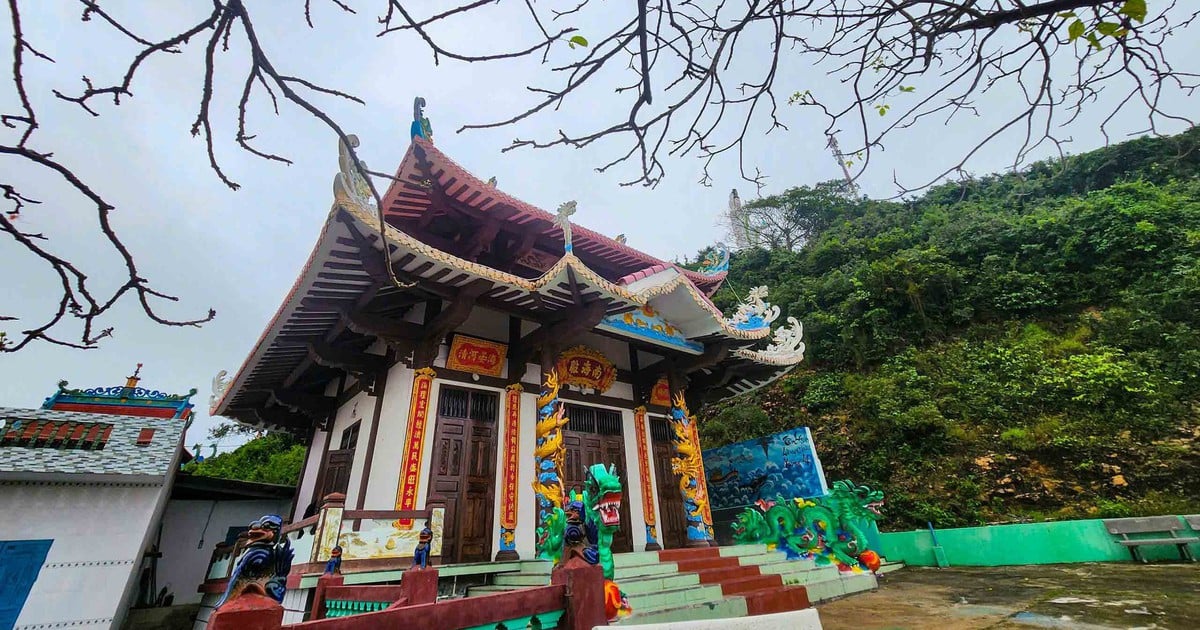

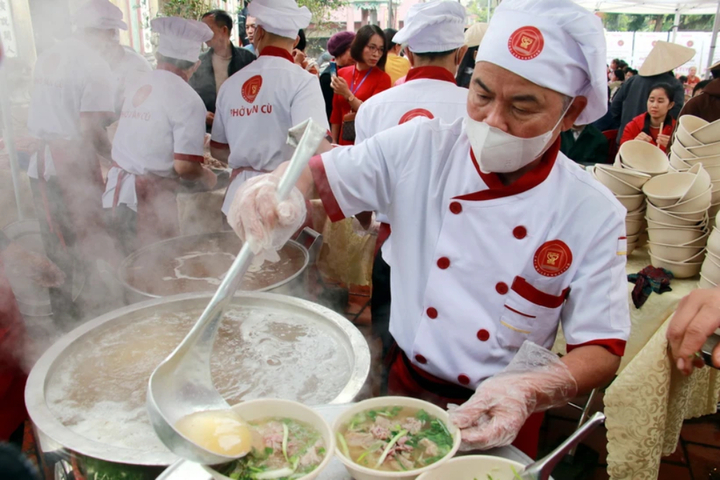

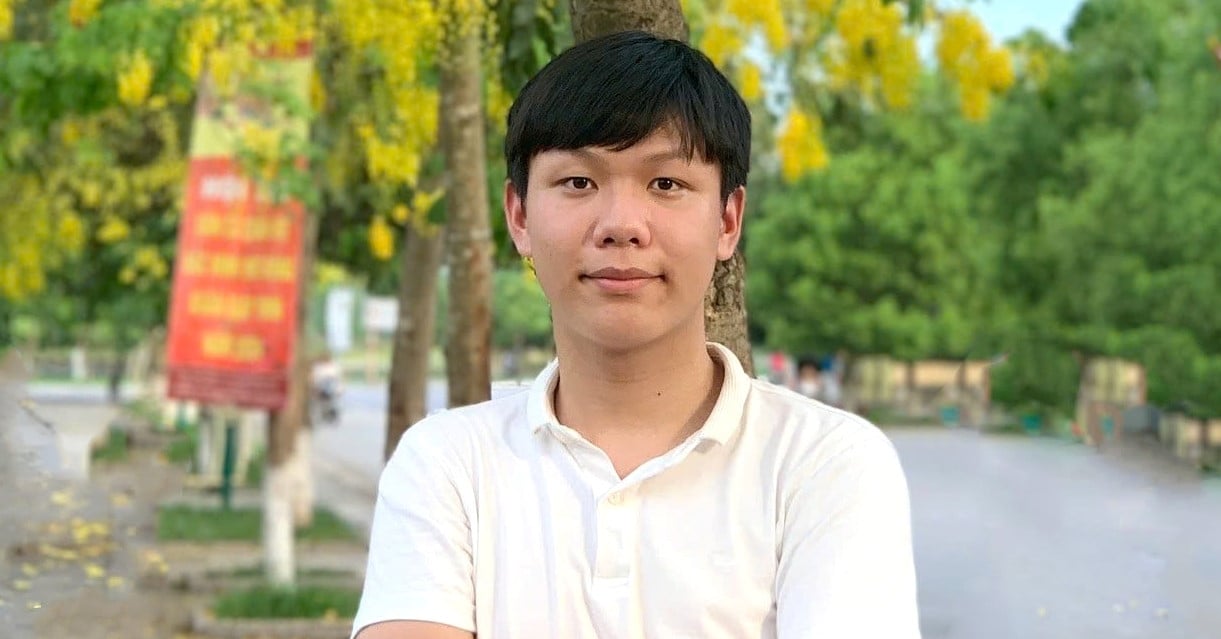

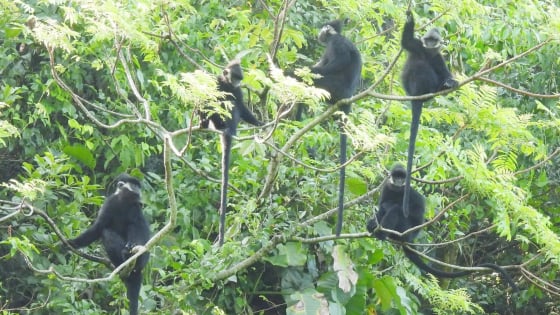

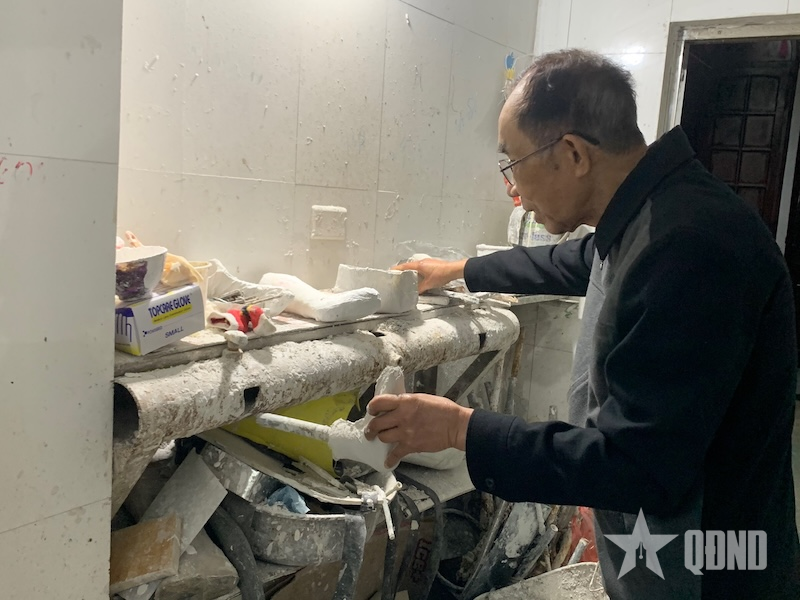

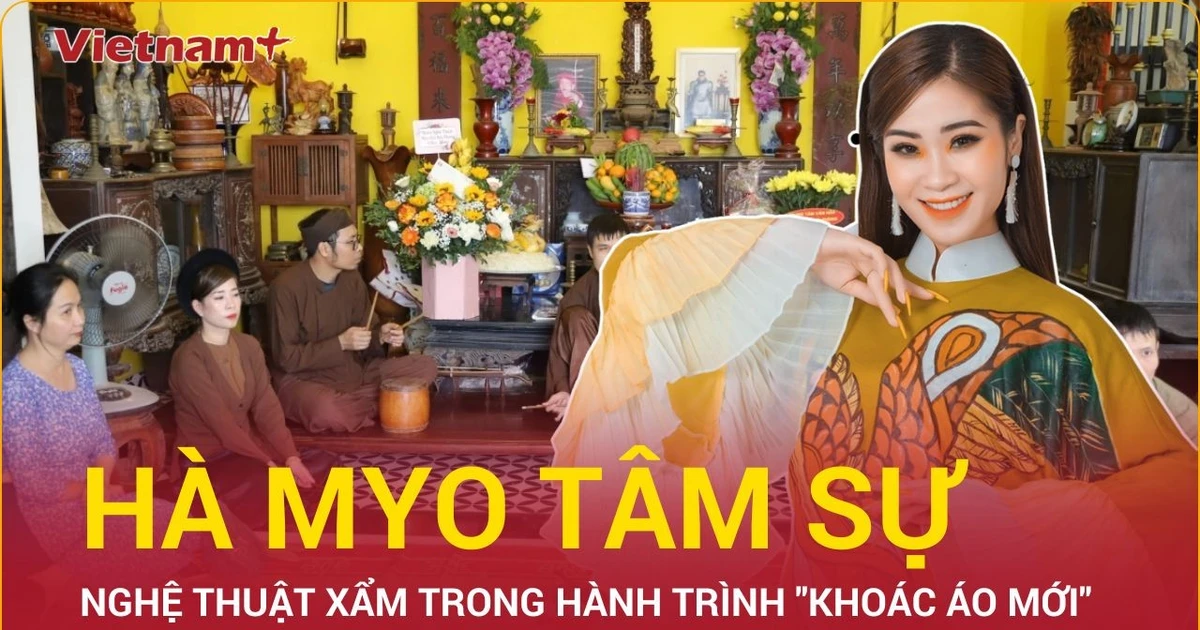

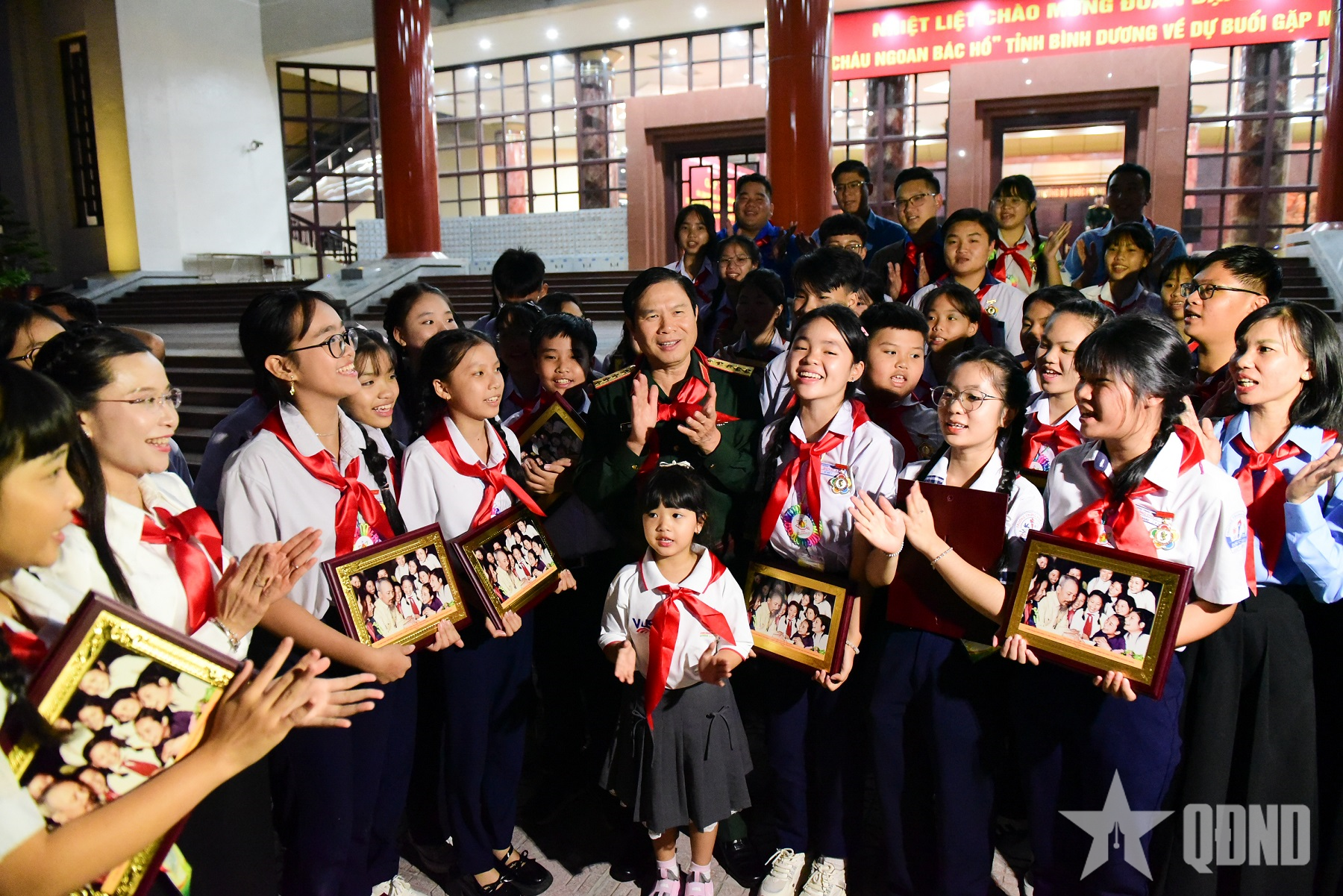
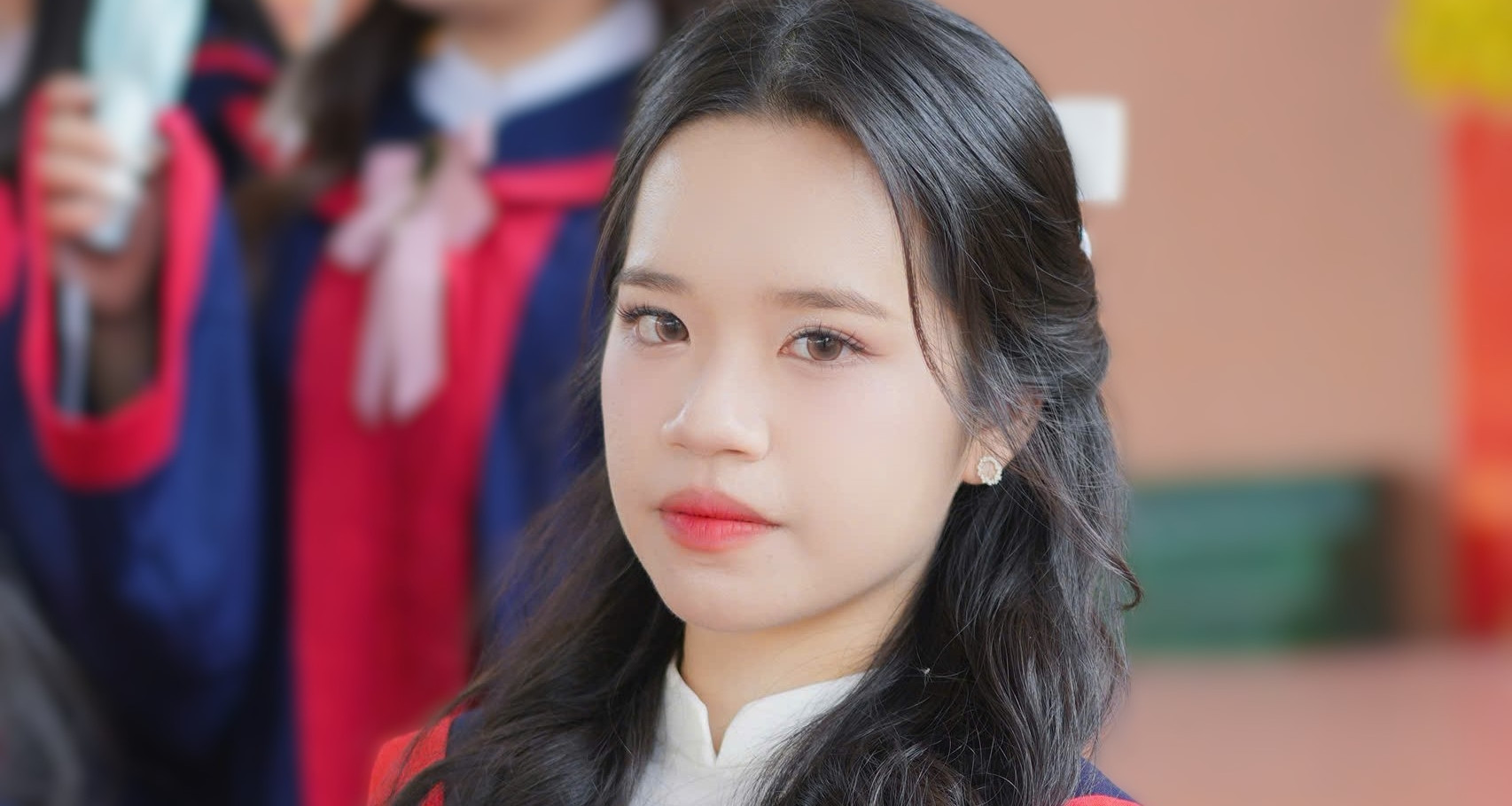
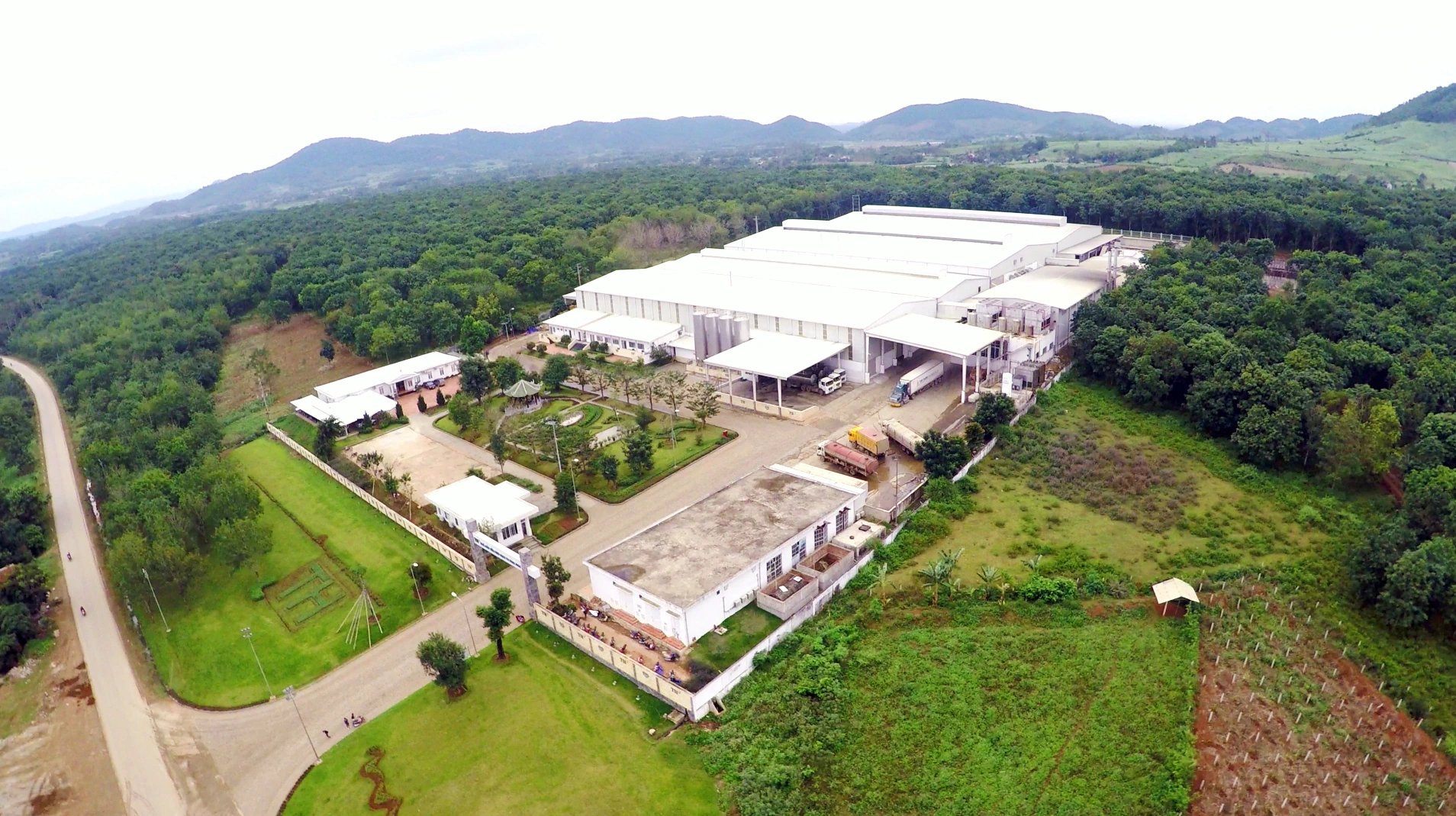







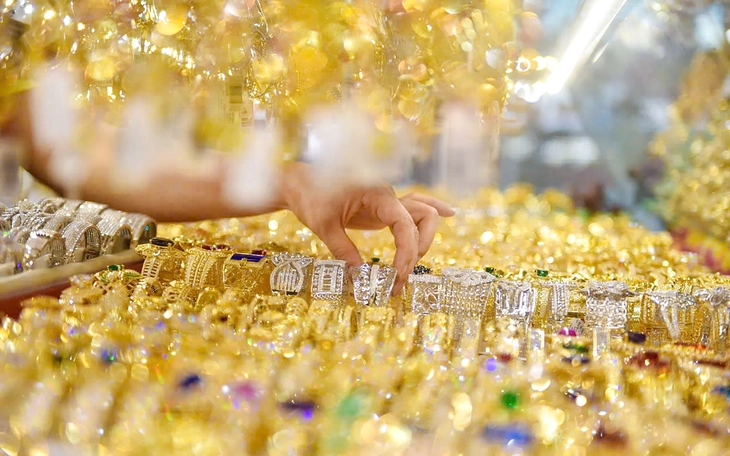


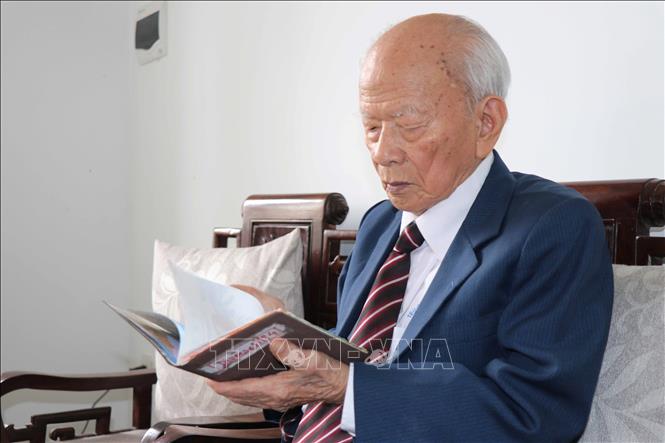

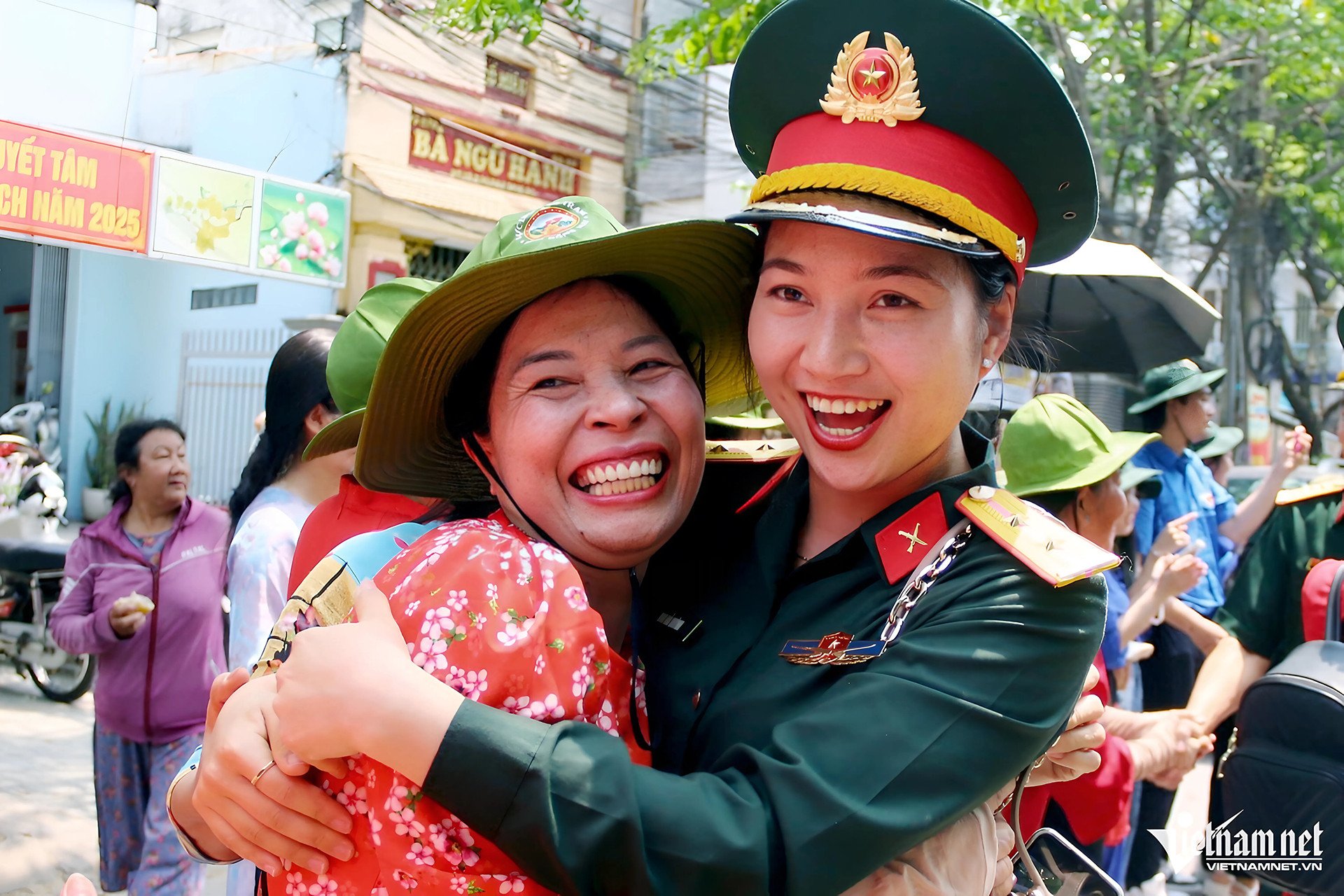










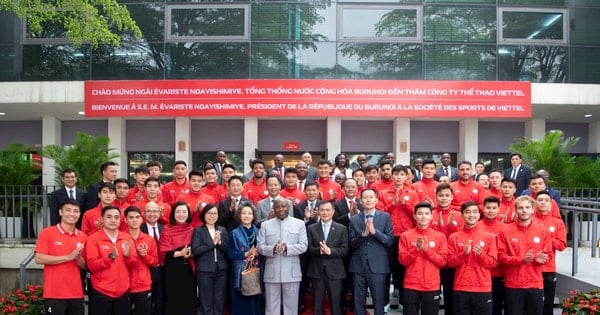



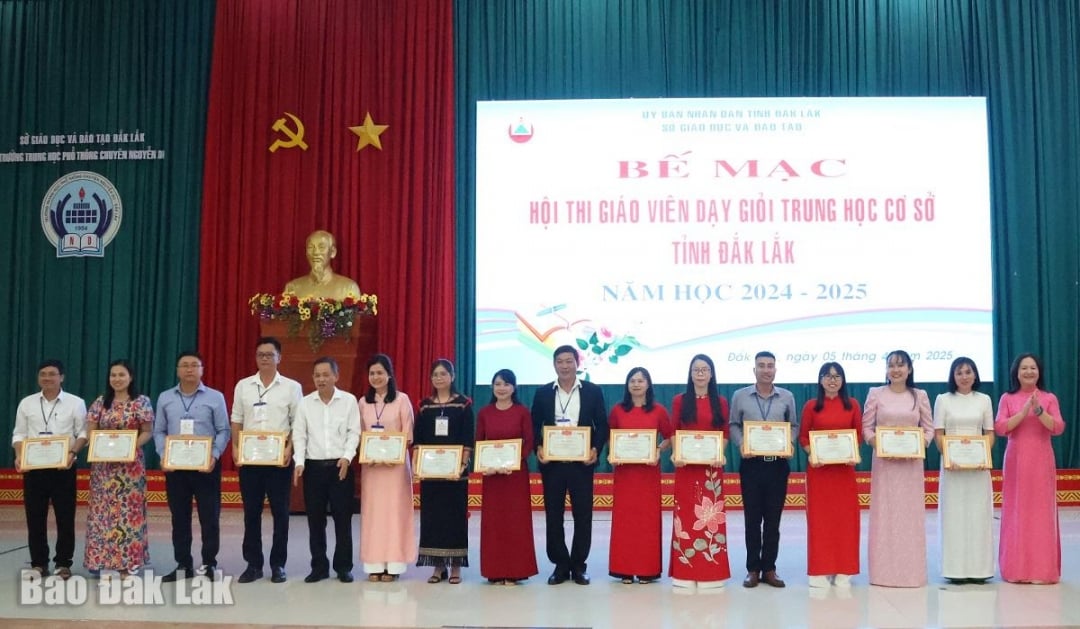

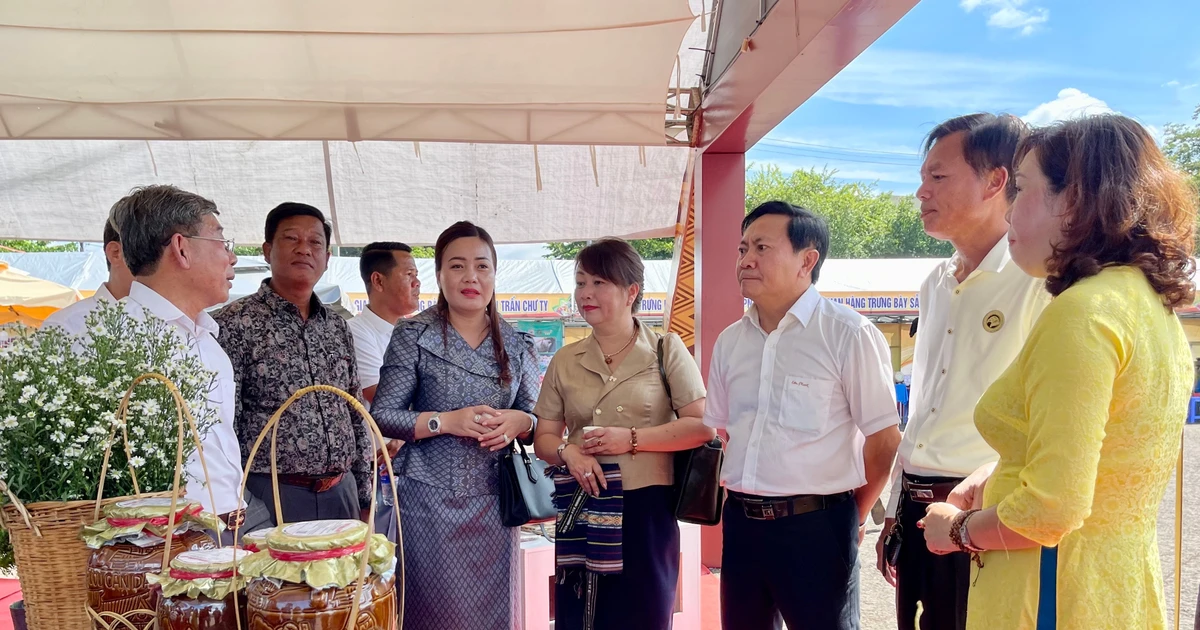

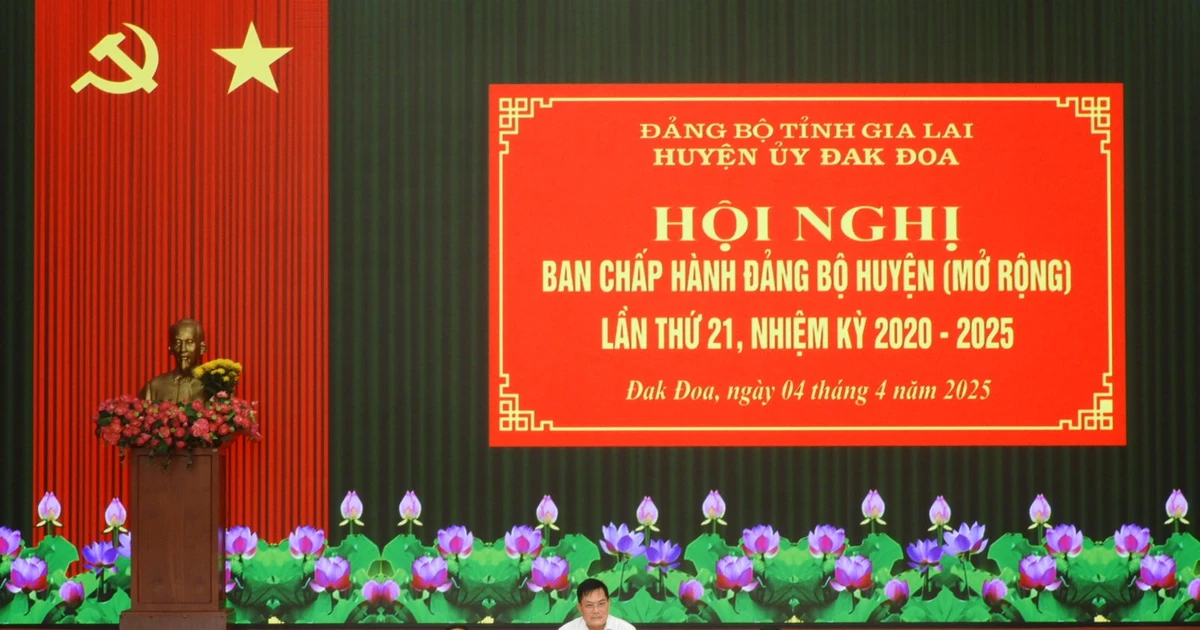


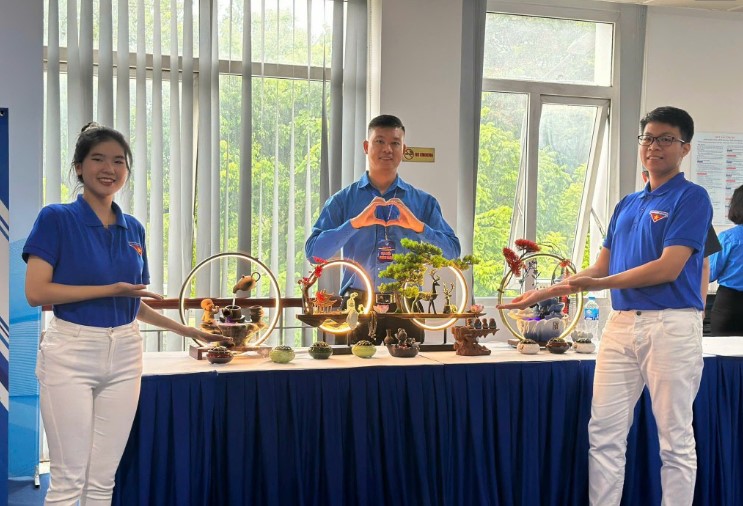
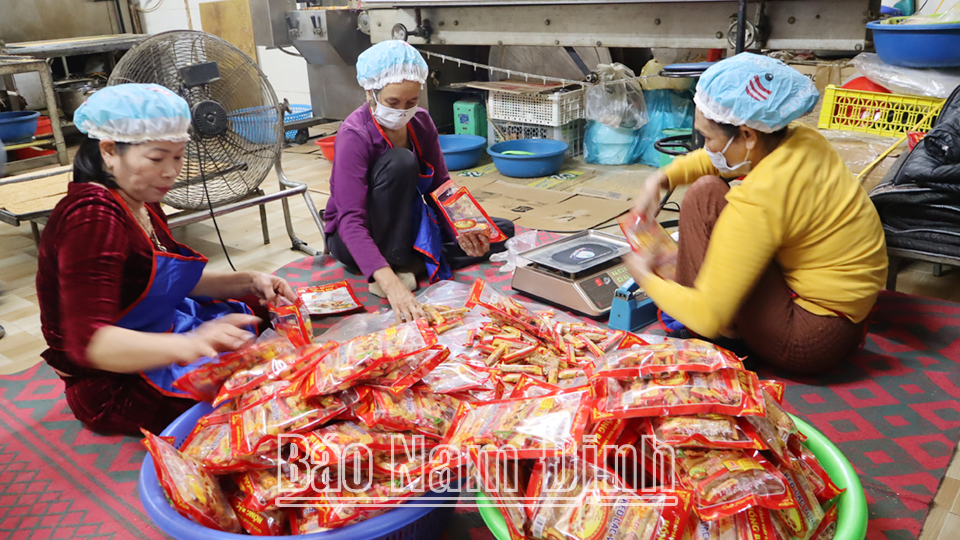





Comment (0)